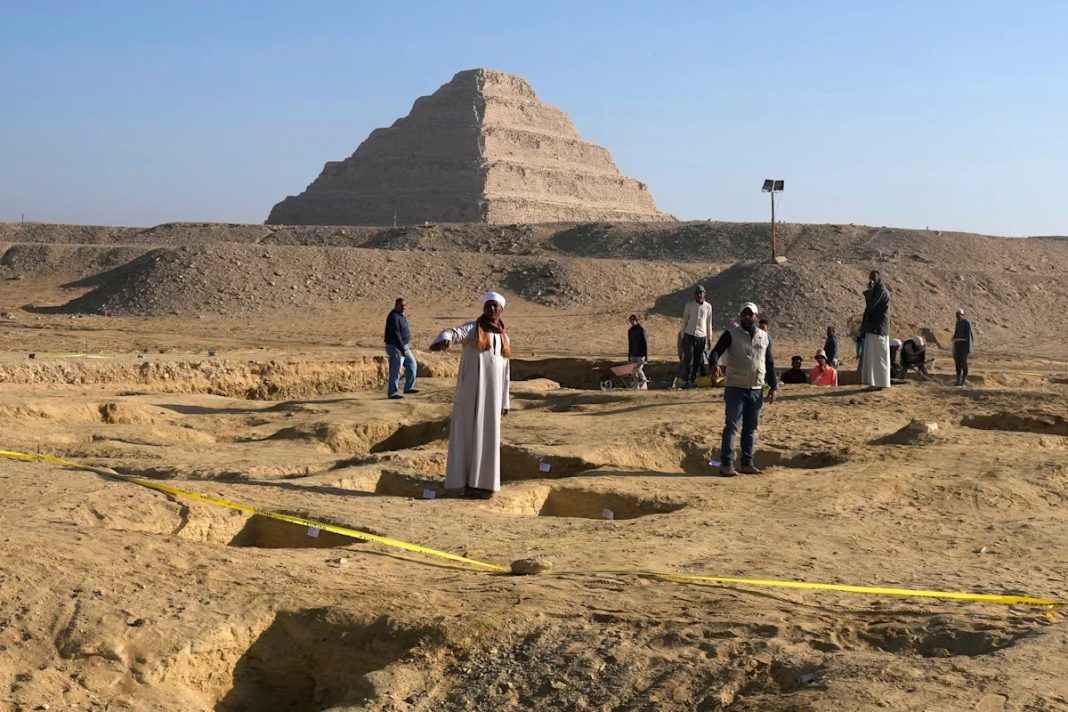CAIRO (AP) — Egyptian antiquities officials on Sunday said a Pharaonic painting has disappeared from the famed Saqqara necropolis just outside of Cairo, becoming the latest artifact to disappear in a country known for its rich history.
Mohamed Ismail, secretary-general of the Supreme Council of Antiquities, said the limestone painting was in the tomb of Khentika in the Saqqara necropolis.
The mastaba tomb, which housed the painting, was found in the 1950s, and hasn’t opened since 2019, he said in a statement. It dates back to the sixth dynasty of the ancient Old Kingdom — a period spanning roughly from around 2700 BC to 2200 B.C.
Ismail’s statement didn’t provide further details and said prosecutors were investigating the circumstances of the painting’s disappearance.
Egyptian media reported, meanwhile, that the painting exhibited the ancient Egyptian calendar which divided the year into three seasons mirroring the Nile River’s ebb and flow. It included the flooding season, Akhet, the planting season, Proyat, and the harvest season, Shomu.
Cairo 24 news outlet reported that a British mission working in the tomb found that the painting wasn’t there in May.
The tomb was one of the few mastaba tombs of ancient Egypt to have a written curse inscribed on its facade. The inscriptions warned intruders that they could face divine punishment, according to British Egyptologist Harry James, who co-authored a research paper on the tomb in the 1950s.
Saqqara site is part of a sprawling necropolis at Egypt’s ancient capital of Memphis that includes the famed Giza Pyramids, the step pyramid of Djoser, as well as smaller pyramids at Abu Sir, Dahshur and Abu Ruwaysh. The ruins of Memphis were designated a UNESCO World Heritage site in the 1970s.
Sunday’s announcement came less than a month after an ancient bracelet was stolen from the Egyptian Museum in Cairo.
The bracelet, containing a lapis lazuli bead, belonged to Pharaoh Amenemope, who reigned about 3,000 years ago. It was stolen on Sep. 9 while officials at the museum were preparing artifacts for an exhibit in Italy.
Authorities said it was taken from a restoration lab at the museum and then funneled through a chain of dealers before being melted down.
The bracelet theft was painful to many people in Egypt, where there is great esteem for the nation’s heritage. It reminded some of past cultural losses, including the disappearance of Vincent van Gogh’s “Poppy Flowers” — then valued at $50 million — from another Cairo museum in 2010.
The Poppy Flowers was first stolen in 1977 but was later recovered. However, since its theft in 2010 it has not been found.

